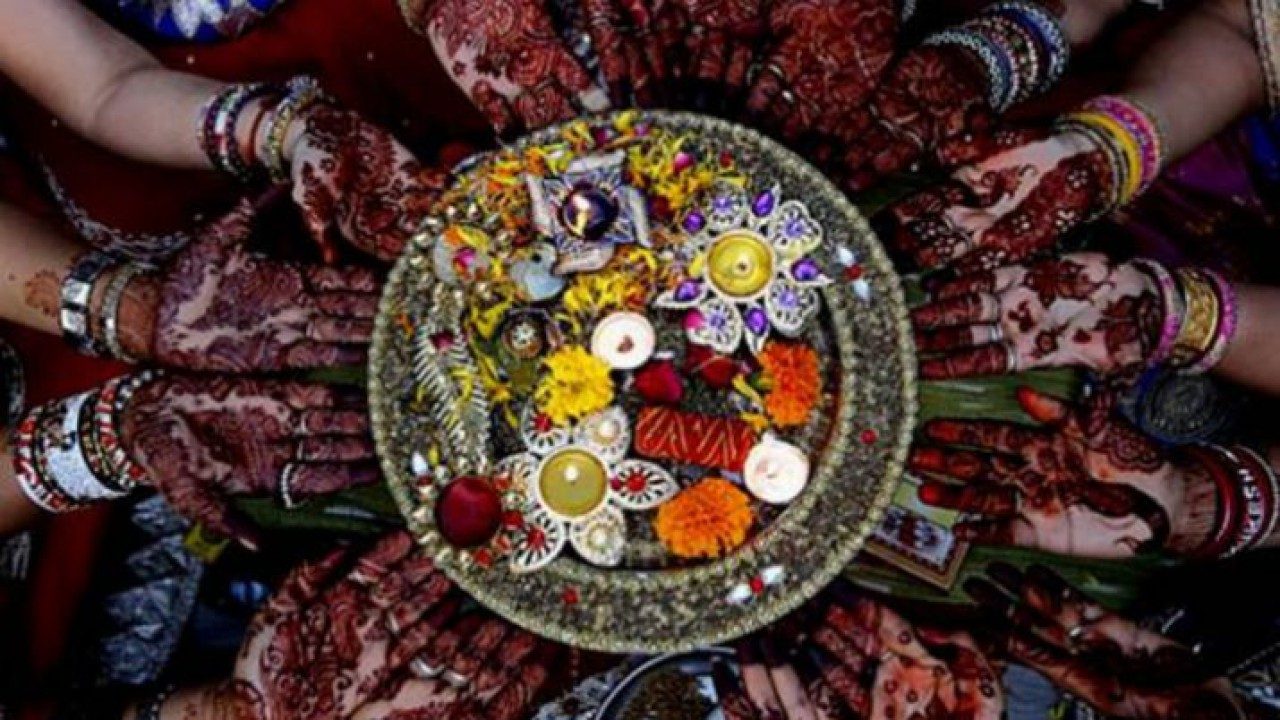Kajari Teej 2023: At this time of year, devotees venerate the union of Lord Shiva and Goddess Parvati in order to receive blessings for their marital lives. On this day, devotees, particularly married women, observe a fast to appease the deity and goddess and to pray for the longevity and prosperity of their husbands and their marriages. Kajari Teej is observed fifteen days after Hariyali Teej and three days after Raksha Bandhan. Kajari Teej, also known as Badi Teej, worships Goddess Neemdi. On this day, women observe the nirjala fast and celebrate by chanting Kajari songs. It is believed that Kajari was a forest that King dadurai and his wife frequently visited. When the king died and the queen became sati alongside him, Kajari Teej became a tradition to commemorate the king and queen’s affection. Since then, Kajari Teej has been celebrated to increase marital affection and prosperity.
Hariyali Teej 2023: Date, History, Significance, Puja vidhi, Mauhurat
Shubh Muhurat for Kajari Teej 2023
This year, Kajari Teej will be observed on September 2 according to Drik panchang. The Tritiya Tithi will commence on September 1 at 23:50 and end on September 2 at 20:49.
Kajari Teej 2023: Dos and don’ts to follow during Kajari Teej fast (newsd.in)
Puja customs and rituals:
The day begins with married women awakening and bathing early in the morning. They must consume food before dawn and observe the nirjala fast – a fast without food or water – until the moon rises. On this day, women also venerate the neem tree as a representation of the goddess Neemdi. They construct a pond-like structure with specific walls and jaggery and ghee. A Neem branch is also planted, along with water and fresh milk. For puja, the thali is decorated with uncooked rice, sacred thread, vermillion, sattu, fruit, cucumber, and lemon. On the auspicious day of Kajari Teej, it is a significant ritual to worship cows.


















